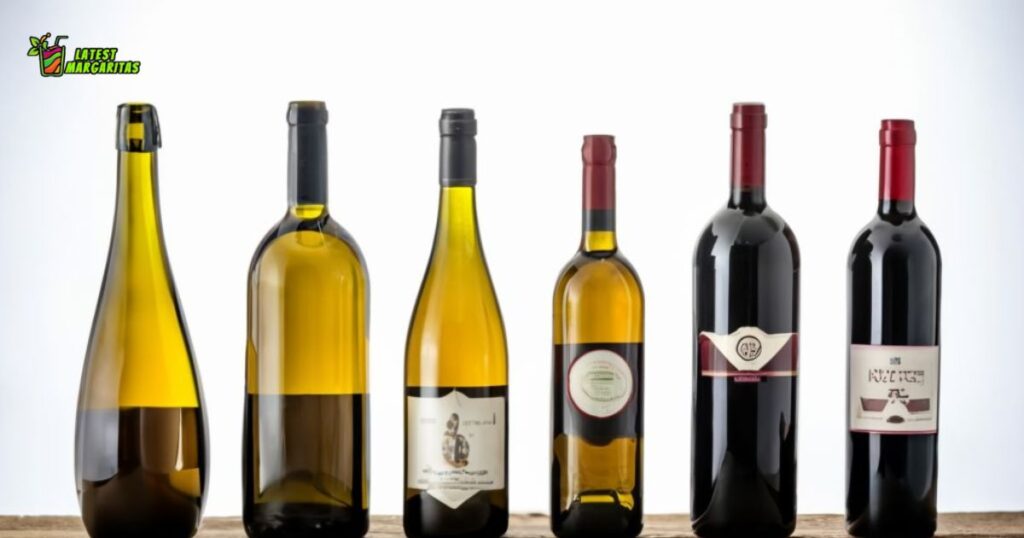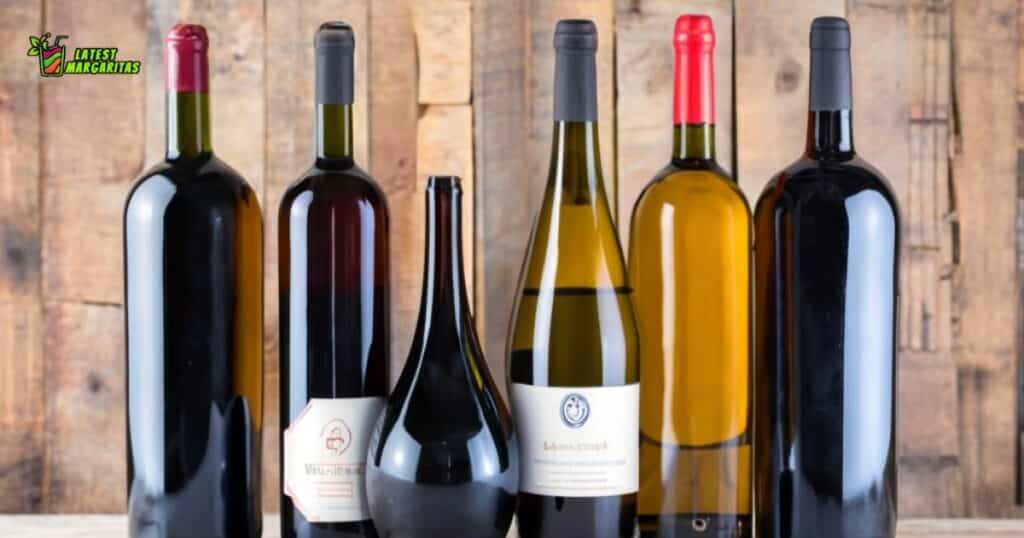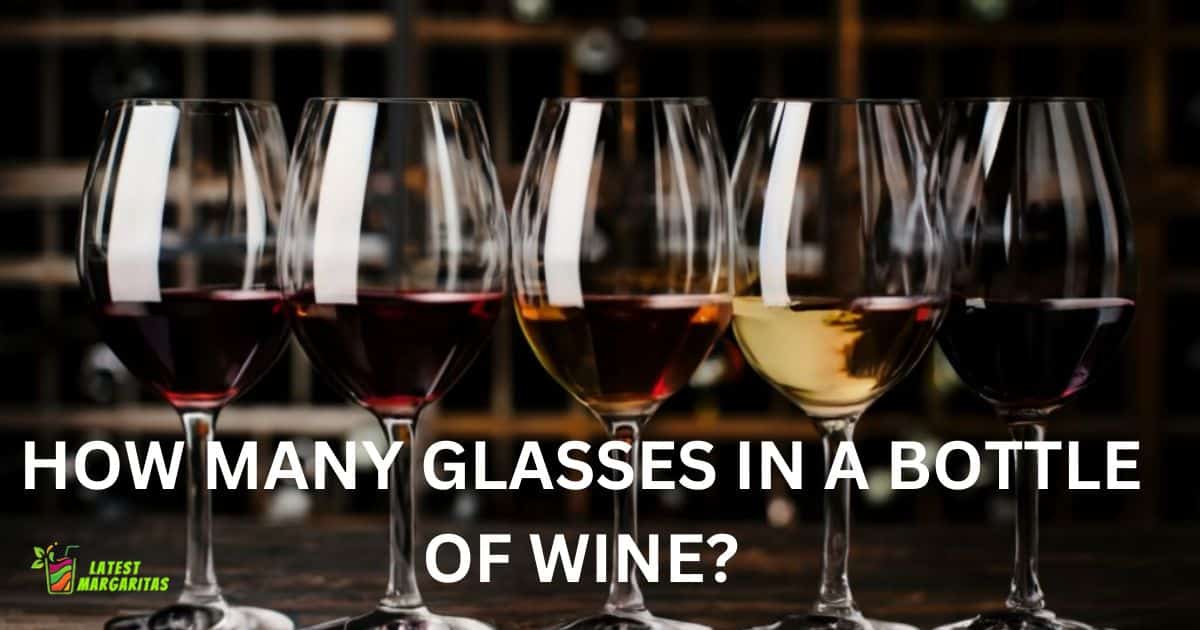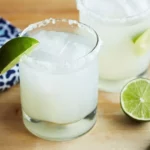A glass of wine can mean different amounts to different people. Most wine bottles contain around 750ml of wine. According to standards, this equates to around 5 glasses with 5 ounces each. However, pouring amounts may vary depending on the type of wine and occasion. Restaurants typically serve smaller glasses around 4-5 ounces while home pores may be larger. Knowing the standard amount per glass and bottle volume helps drink wine responsibly and ensure enough is available for all.
Have you ever wondered how many of your friends one bottle of wine can quench the thirst of? Many people assume one bottle will easily provide a glass for everyone, but it turns out the amount of wine in a bottle depends on how much is poured into each glass. Learning the standard number of glasses in a bottle can help you know what to buy for your next gathering.
In this article, we will explore what defines a standard glass of wine and the typical number of glasses that can be served from a bottle. Understanding wine measurements will assist you in planning and hosting gatherings to ensure all guests are satisfied.
How Many Glasses Of Wine Are In A Bottle?
To determine how many glasses of wine a bottle contains, it’s important to understand both the bottle size and standard serving amounts. A standard wine bottle holds 750ml of liquid, though older red wines and ports may leave some sediment behind in the bottle. When serving from such bottles, it’s best not to disrupt the sediment to avoid affecting taste. This means the total amount available from bottles with sediment will be less than the full 750ml.
A regular serving of wine is typically 5 ounces or 150ml per person. Knowing the bottle size and common serving amount is necessary to calculate how many glasses can be expected from a single bottle at a gathering.
The right amount of wine in a glass depends on the situation.
At Wine Tasting Events:
- You get smaller pours of around 60 ml
- This lets you taste more types of wine
- With 60ml pours from one bottle you can fill about 12 glasses
At Dinner Parties:
- Pour about 125ml in each glass
- With 125ml pours you’ll get 6 full glasses from one bottle
Drinking Wine At Home:
- It’s okay to pour up to 175ml when relaxing at home
- With 175ml in each glass you can fill a bit over 4 glasses from one bottle
At Bars And Restaurants:
- They usually offer 125ml, 175ml or 250ml size cups
- By law they must do 125ml pours
- But most people pick the 175ml or 250ml sizes
- Remember 250ml is a really big pour because it’s 1/3 of the whole bottle
How Many Calories Are In A Bottle Of Wine?
The number of calories in a glass or bottle of wine varies based on the type. In general, a common 5 ounce serving contains 90-300 calories. For many regular red wines, each glass holds around 125 calories. Since a standard bottle size yields 5 glasses, it would offer approximately 625 calories total.
Lighter options do exist though. As an example, a single serving of Skinnygirl pinot noir only has roughly 100 calories. Because of this, one of its bottles provides around 500 calories in total when split into 5 portions.
So in summary, calories in wine can range from under 100 per glass up to over 300 depending on the variety. Red table wines commonly fall near 125 calories per 5 ounce portion. Keeping track of total servings from a bottle lets you easily estimate its calorie contribution for your meal or day.
How Much Wine Is Served Per Type?
Here is a breakdown of typical serving sizes for different types of wine:
Red And White Wines Served With Food:
- Used in large wine glasses that hold up to 500ml
- However, glasses are not filled all the way
- On average, restaurants pour 175ml in each glass
Number Of Glasses From A Bottle Of Red Or White Wine:
- With large pours of 175ml, you get around 4 full glasses
- If portions are an even bigger 250ml, only 3 glasses will fit
Glasses From A Bottle Using Smaller Pours:
- Smaller “tasting” size glasses hold 125ml or less
- At 125ml pours, the standard small size, you get exactly 6 glasses
- Depending on the amount poured, smaller glasses may hold 7 glasses
Larger portions with food, smaller portions when sampling many types of wine. Restaurants aim to offer 4 glasses but you may get 6-7 smaller glasses from each bottle.
Champagne And Sparkling Wines
Champagne and sparkling wines usually have smaller portions than other types of wine. A regular pour is 125ml, like when making toasts at special events. These bubbly drinks are often put in narrow flute glasses that hold 125ml. However, wider standard wine glasses can showcase the aromas more since the scent rises easier. It may be best to use broader glasses for appreciating the full experience.
Rose Wine
Rosé wine is served in portions similar to other varieties. The regular amount given is around 125ml to 175ml, matching the standard pours for red and white wines. Rosé therefore typically provides the same number of glasses as these other types from each bottle.
Sweet Wine, Port And Sherry
Sweet wines such as port and sherry are often placed in smaller glasses holding around 75ml. However, regular wine glasses can also showcase their flavors well since they are not too small. Larger glasses are better than those that are too narrow, as bigger portions allow their complex tastes to be fully experienced.
Do Different Bottle Shapes Hold The Same Amount Of Wine?

While wine bottles come in a variety of distinctive shapes, the style does not dictate the amount contained within. Instead, the determining factor is the overall volume.
Some common bottle forms seen include:
- Alsace Flute – Tall and slim, used for dry whites.
- Burgundy Bottle – Curved sides dating to the 19th century, housing Pinot Noir and Chardonnay.
- Bordeaux Bottle – Tall with prominent shoulders, transporting Merlot and Cabernet Sauvignon.
- Champagne Bottle – Thicker glass to withstand pressure from carbonated wines.
- Domaine Ott Family Rosé – Sloping shoulders and rounded shape.
Regardless of differing silhouettes, quality wines are uniformly bottled at 750 ml, the standard serving quantity. While aesthetic designs vary, the contained volumes remain consistent across types.
How Much Wine Should You Serve Per Person?
Determining the proper amount of wine can be tricky. The right amount varies based on the event. Calculating how many bottles to purchase also adds complexity. However, there are some general guidelines:
Wine Tasting:
- Aim to serve 60ml glasses to allow tasting many varieties
- Up to 6 of these smaller glasses per person ensures enjoyment without intoxication
Eating Out:
- Restaurants usually provide 3-4 glasses from a standard bottle
- Some offer smaller “flight” glasses of 75ml to pair with each dish
Wine And Cheese Tasting:
- Keep portions limited since selecting various cheeses
- Pour 60-75ml glasses to appropriately sample different options
Dinner Party:
- Plan for about 3 glasses per guest
- This helps relaxation without overindulgence
- Buy bottles sufficient for 2-3 glasses each to stay within limits
- Or larger 1.5L or 3L bottles for bigger gatherings
Knowing appropriate serving amounts supports safe, responsible drinking and allows full appreciation of flavors. Monitor intake to avoid issues from excessive wine at tastings, meals or celebrations.
How Much Wine Should You Drink Per Day?
- Moderate daily alcohol consumption is 1 drink for women and 2 drinks for men.
- For wine drinkers, the recommendation is up to 1 drink per day for women of all ages and men over 65, and up to 2 drinks per day for men under 65.
- Binge drinking is defined as more than 4 drinks in a few hours for women or more than 5 drinks for men.
- Heavy drinking is binge drinking more than 5 times per month, at which point an evaluation may be needed.
- Occasionally having 1-2 glasses of wine or other alcoholic drinks classifies one as a casual drinker.
Nifty Tip For Nailing The Serving Size
Ensuring proper serving sizes is easy to achieve. Initially, pour a known amount of water, such as 125ml, into a wine glass and mark the level with a marker. Then refill glasses from the bottle up to this line. Alternatively, fill an empty bottle with water and attempt to pour six portions into glasses targeting 125ml each without measuring – the matched levels will confirm success, since six of this size equals the contents of a standard 750ml bottle.
With practice, these portion control techniques allow anyone to distribute wine flawlessly in regular servings, promoting responsible drinking enjoyment. Why not test your natural skills at precise pouring? Mastering simple methods like these makes hosting much more relaxing.
What Are The Different Sizes Of Wine Bottles?

This table shows the different common sizes of wine bottles, their volume in milliliters and fluid ounces, and how many 5oz glasses each size bottle would yield with a standard serving pour. Larger bottles than double magnums could risk waste if not fully consumed once opened.
| Bottle Size (mL) | Fluid Ounces | Number of 5oz Glasses |
| Piccolo/Split Bottle (187.5ml) | 6 oz | 1 glass |
| Demi/Half Bottle (375ml) | 12.5 oz | 2.5 glasses |
| Standard Bottle (750ml) | 25 oz | 5 glasses |
| Magnum Bottle (1.5L) | 50 oz | 10 glasses |
| Double Magnum Bottle (3L) | 100 oz | 20 glasses |
Frequently Asked Questions
How Many Fluid Ounces in Each Glass of Wine?
A standard white or red wine glass each hold approximately 12 to 14 fluid ounces, which equates to 360 to 415 milliliters. While white wine glasses tend toward 12 ounces (360 mL), red wine glasses may range from 12 to 14 ounces (360 to 415 mL).
How many servings are in a bottle of wine?
A standard wine bottle holds around 750ml or 25 ounces of liquid, equivalent to five portions at the usual 5 ounce serving size. However, multiple bottle sizes are available beyond the standard, offering different numbers of servings.
Is drinking a whole bottle of wine a lot?
Drinking one full bottle of wine daily exceeds recommended moderate alcohol intake guidelines. Such guidelines generally suggest no more than two standard drinks for men and one for women, as their bodies process alcohol differently.





